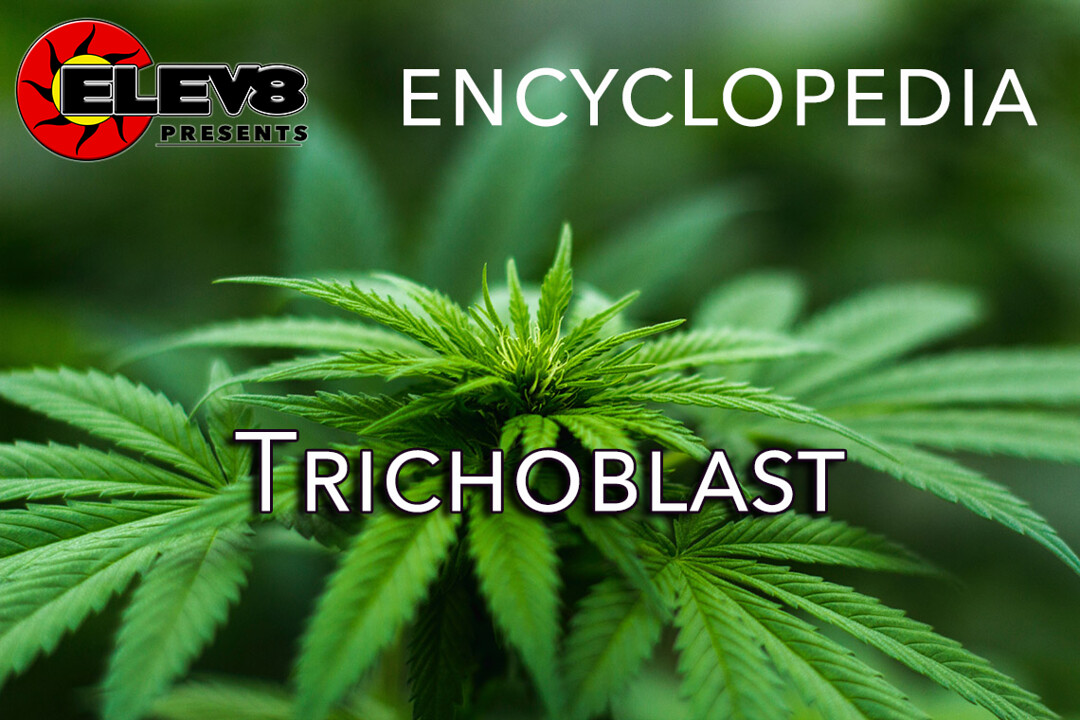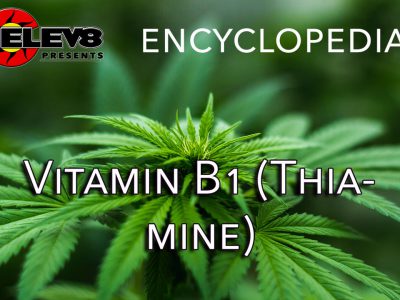What does Trichoblast mean?
A trichoblast is a cell on the exterior surface of a plant’s root that is responsible for forming root hairs. A plant’s roots are covered in trichoblast cells to ensure healthy root growth and development.
Trichoblasts, often referred to as root fuzz or root hair, increase the surface area of the roots themselves, allowing them to increase their nutrient-uptake capabilities.
Trichoblasts are visible in aeroponics systems, where the root zones are fully exposed to the air, rather than rooted in a medium.
More Info On Trichoblast
Plants need strong, healthy roots in order to ensure proper water and nutrient intake. However, roots are more than just filament-like tissues growing from the bottom of a plant. They’re a combination of roots and root hairs.
Root hairs are actually what absorb the majority of the water that a plant takes in, and grow only from trichoblast cells: root-hair-forming cells found on the epidermis of a plant’s roots. Root hairs are also responsible for absorbing most of the minerals a plant needs for growth and development. Interestingly, root hairs also secrete a special type of acid that makes minerals and vitamins more soluble and easier to uptake through the process of osmosis.
To date, scientists have discovered three types of trichoblast cell patterns in plants. The first pattern is one in which any cell can form a root hair. The second is a pattern in which two types of cells comprise the epidermis of the roots, and only shorter cells are capable of producing root hairs. The final pattern is “striped”.
The first pattern is the most common, and is found throughout the plant kingdom. The second is mostly found in ancient plants, most closely related to those that first developed on land. The third pattern is primarily found with the brassicaceae family.







